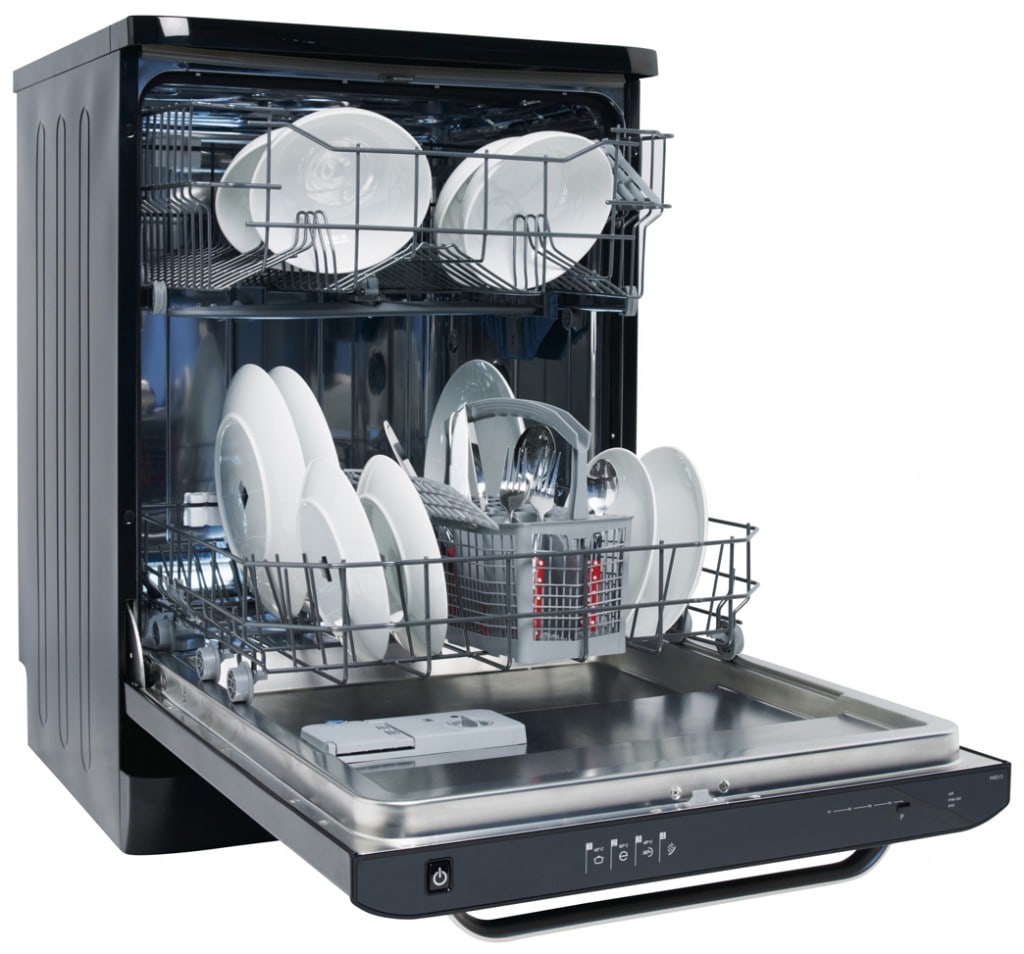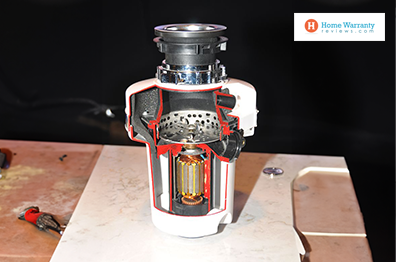Keep Your Dishwasher Working Like New
In the fast-paced world, dishwashers have become a necessity in many households. Most of the modern families have dishwashers in their homes. People rely on dishwashers, as they can’t spare time from their hectic lifestyles. But often ignored, the value of a dishwasher is only realized when it stops working. No matter how old your dishwasher is, one year or five years, its cleaning efficiency reduces overtime. Therefore, to keep your dishwasher working like new, you need to take some measures to clean them. We have listed some easy tips to help you out, while keeping your dishwasher running like new.
13 tips to keep your dishwasher working like new
1. Washing is different than scraping
Unless your machine has a special pre-wash cycle or other settings specifically designed to reduce food being left behind at the end of the wash cycle you will need to minimize the amount of food waste that you put into the dishwasher. Before you put your utensils in the dishwasher, rub the food bits off them. This may sound tiring, but scraping is extremely simple as well as essential. It minimizes the stuck food particles on your dishes. Moreover, it saves you from huge maintenance costs in the long run, while making your dishwasher work like new.
2. Do not overload
Do not try to wash too many items at the same time. It is better to wash a few dishes with hand, rather than running the entire load again. If you overload the dishwasher, then you could wind up washing the same load twice and your dishwasher may not be in good working order for very long.
3. Use hot water in the first cycle
Before starting the wash cycle turn on the tap nearest the dishwasher and run till the water is too hot to touch. This means that the first cleaning cycle will run with hot water, instead of cold water. This is an important tip, particularly for winters, because during winters the water takes more time to heat up.
4. Correct washing cycle
Use the proper dishwashing cycle. People tend to reduce the washing cycle, in order to reduce their electricity and water bills, and to save time. But short washing cycles lead to slimy residue on utensils. Additionally, you should wash your super dirty dishes by hand, just like you do your laundry. This will not disrupt the washing cycle, resulting in cleaner dishes.
5. Do not double up the rinse aid
When you go to buy a soap or detergent for your dishwasher, see if one of its ingredients is a rinse aid. If yes, then don’t buy an extra rinse aid. If not, then instead of buying a rinse aid, you can fill the reservoir with white vinegar. White vinegar is a perfect substitute for a rinse aid.
6. Run an empty cycle with vinegar
There are products specially formulated to clean your dishwasher, and you may prefer to use those. But you can just as easily run your empty machine using white vinegar once a month, more often if you see signs that the dishes are not coming out of the wash totally clean. It is the same concept like running a filled dishwasher with vinegar. Toss a cup of vinegar in your empty dishwasher and run the cycle twice. If you have a very dirty dishwasher, then you can also add some baking soda for the fizzing action. This will remove all the old food particles from the dishwasher, making it smell fresh and run like a new one.
7. Clean the dishwasher trap
Under the lower sprayer, there’s a tray, which can typically be removed. Take out that tray and wash it in your sink. Underneath the tray there is a space, which too needs cleaning. If you cannot remove the tray, then clean it with a piece of cloth or a towel. The tray as well as the space consists of trapped food particles. Cleaning both of them will make your dishwasher work more efficiently.
8. Clean the seals and arms
After some time of use, the dishwasher accumulates dirt in its seals and arms, including the rubber gasket of the door and the soap dispenser. Apart from this, there are other small spaces in your dishwasher that collect food and grime and get clogged over time. Make sure that you properly clean and scrub your dishwasher once in awhile, in order to keep it working like new.
9. Set the appropriate temperature of the water heater
Ensure that you set the appropriate temperature of your dishwasher heater, which should be between 120 to 125 degrees. This is the ideal temperature of the water heater for washing your utensils. If the temperature is less than 120 degrees, then the dishes would not be cleaned properly. And if the temperature is higher than 125 degrees, then the water will flash dry without rolling your dishes, in turn leaving your dishes dirty.
10. Test your water
The type of water you use in your dishwasher is an important part of the washing cycle. Hard water will be hard on the utensils as well as the dishwasher, leaving the dishes grimy. Make sure that that the water you use is soft.
11. Use the unused buttons
Dishwashers usually have a lot of buttons and settings that people hardly use. Due to this, people tend to set a particular setting to their dishwasher and then forget about it. In order to keep your dishwasher working like new, you should change its settings from time to time. Use all the settings of the dishwasher, so that none of the working parts become jammed due to disuse.
12. Check your dishwasher connections
You should regularly check all the connections and hoses of your dishwasher. See for dry rot or weak spots and fix them beforehand. This will avoid leakage and flooding in your dining room or kitchen, thus saving you from any untoward accident in the future.
13. Even out
Put a level under your dishwasher. Like washing machines and driers, dishwashers also need a level to work optimally. See that the level of your dishwasher is properly placed. Regularly check the level, as it changes with time.
Now that you have all of these helpful tips it’s time to put them to use! Employ these easy to follow suggestions, and see how well your dishwasher works. These simple DIY tips might also save you money as you run fewer loads of dishes and reduce future maintenances costs.
How do you clean a dishwasher that hasn’t been used in a while?
Place a dishwasher-safe bowl filled with plain white vinegar on the top rack of your empty dishwasher. The vinegar will help to wash away the loose, greasy grime, sanitize, and help remove the musty odor. Using the hottest water setting, run the dishwasher through a cycle.
Why are my dishes still dirty after dishwasher?
Insufficient water in the dishwasher also can cause poor cleaning. If the float gets stuck in the raised position, the dishwasher won’t fill with water (Photo 3). Another likely cause is a clogged inlet screen or faulty inlet valve. To determine if your dishwasher is getting enough water, start a wash cycle.
How do I keep my dishwasher running well?
You simply toss a cup of white vinegar into the bottom of an empty dishwasher and run a normal cycle. It cleans out old food particles to keep your dishwasher smelling fresh. Clean the dishwasher trap: Down in no-man’s land, under the lower sprayer, there’s usually a piece that is removable.
Can you run bleach through your dishwasher?
If you have problems with mold and mildew, bleach will work effectively by adding ½-1 cup in the bottom of the dishwasher and run a full cycle. Do not use bleach in your dishwasher if you have a stainless steel interior. Also, never mix bleach and vinegar!
RECENT ARTICLES







